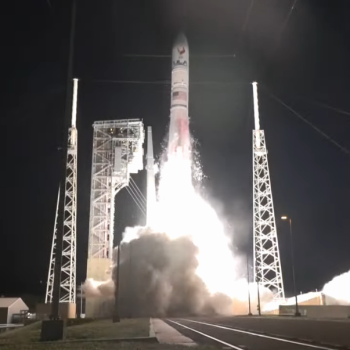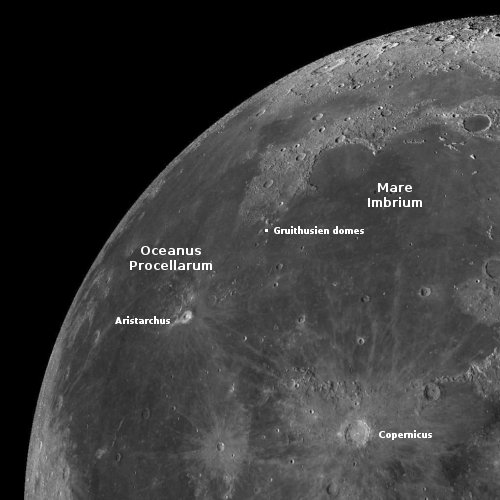ULA begins stacking Atlas-5 rocket for launching the first manned mission of Starliner
ULA has begun to assemble the Atlas-5 rocket that will hopefully launch Boeing’s Starliner capsule on its first manned mission to ISS, presently targeting a late April lift-off.
The rocket’s main stage was transferred from the nearby Advanced Spaceflight Operations Center to the integration facility Wednesday, Feb. 21, where it will await integration with the rocket’s upper Centaur stage and Starliner. The spacecraft will carry NASA astronauts Suni Williams and Butch Wilmore to the orbiting laboratory for a short stay of about one to two weeks before returning to a landing site in the southwest United States.
The late April date appears to be a slight delay from previous announcements.
ULA has begun to assemble the Atlas-5 rocket that will hopefully launch Boeing’s Starliner capsule on its first manned mission to ISS, presently targeting a late April lift-off.
The rocket’s main stage was transferred from the nearby Advanced Spaceflight Operations Center to the integration facility Wednesday, Feb. 21, where it will await integration with the rocket’s upper Centaur stage and Starliner. The spacecraft will carry NASA astronauts Suni Williams and Butch Wilmore to the orbiting laboratory for a short stay of about one to two weeks before returning to a landing site in the southwest United States.
The late April date appears to be a slight delay from previous announcements.







